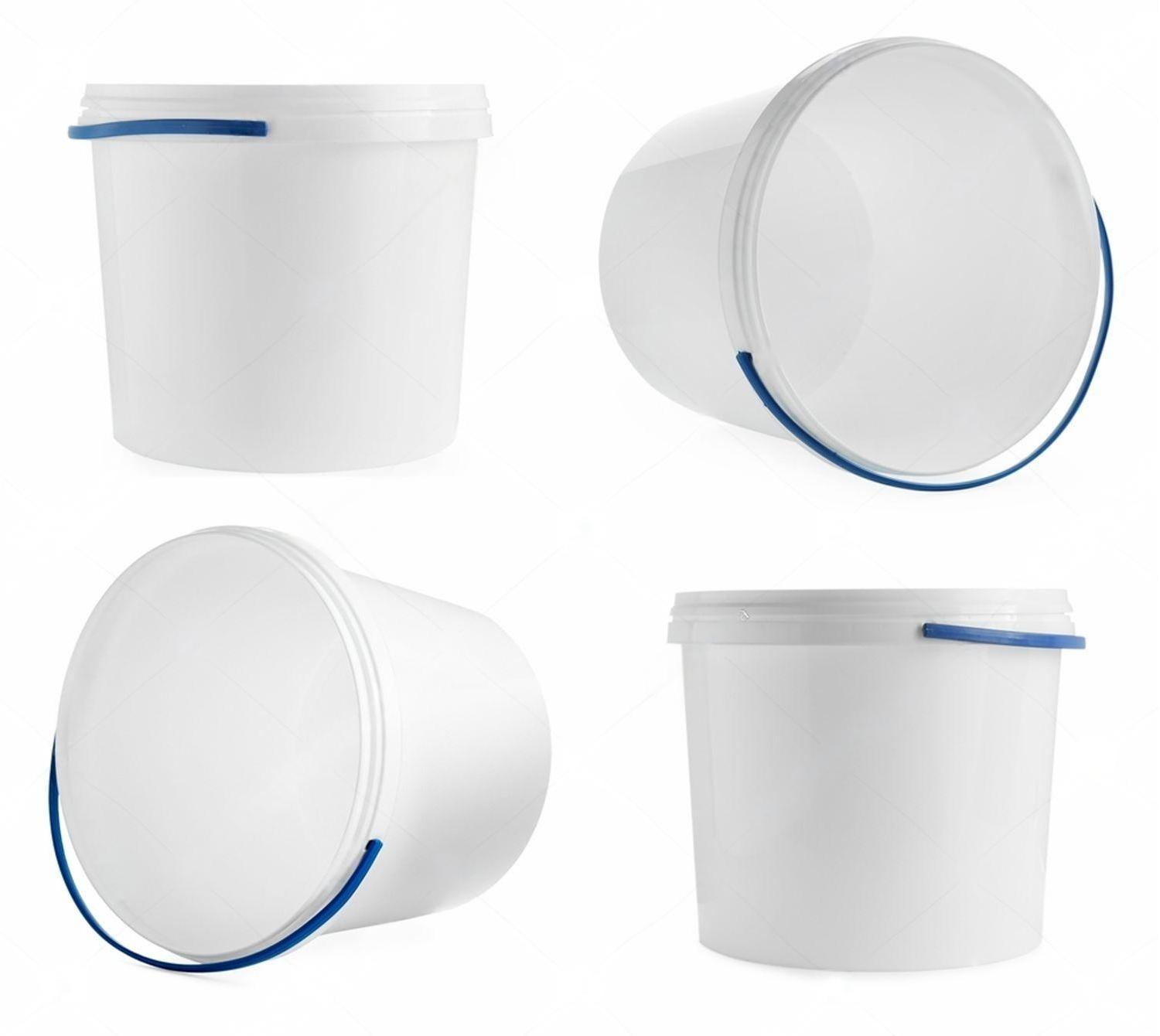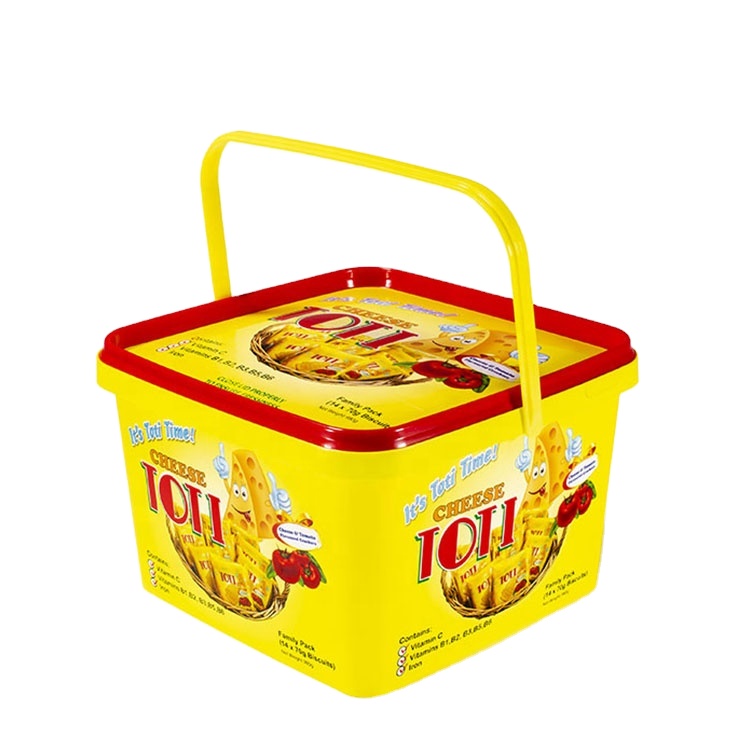

Produzione all'ingrosso di secchi per imballaggio in plastica per uso alimentare, chimico e industriale
Produttore leader di secchi da imballaggio in plastica di alta qualità che offre dimensioni personalizzabili da 150ml a 60L. Materiali di grado alimentare approvati dalla FDA, design a prova di perdite e opzioni di stampa IML. Perfetti per imballaggi alimentari, chimici e industriali. Ordini all'ingrosso disponibili con spedizione globale.

The Versatility of 1L Round Plastic Buckets in Food Packaging
Un'analisi completa della produzione di secchi per semi di uccelli nel 2024, che copre materiali, processi di produzione, standard di sicurezza e pratiche di sostenibilità. Una guida essenziale per i professionisti e i produttori del settore.

Scala di produzione: Pianificazione della produzione a secchiate quadrate
Home Sommario Introduzione Nel panorama in continua evoluzione delle soluzioni di imballaggio, la richiesta di processi produttivi efficienti e sostenibili è in continua crescita.












